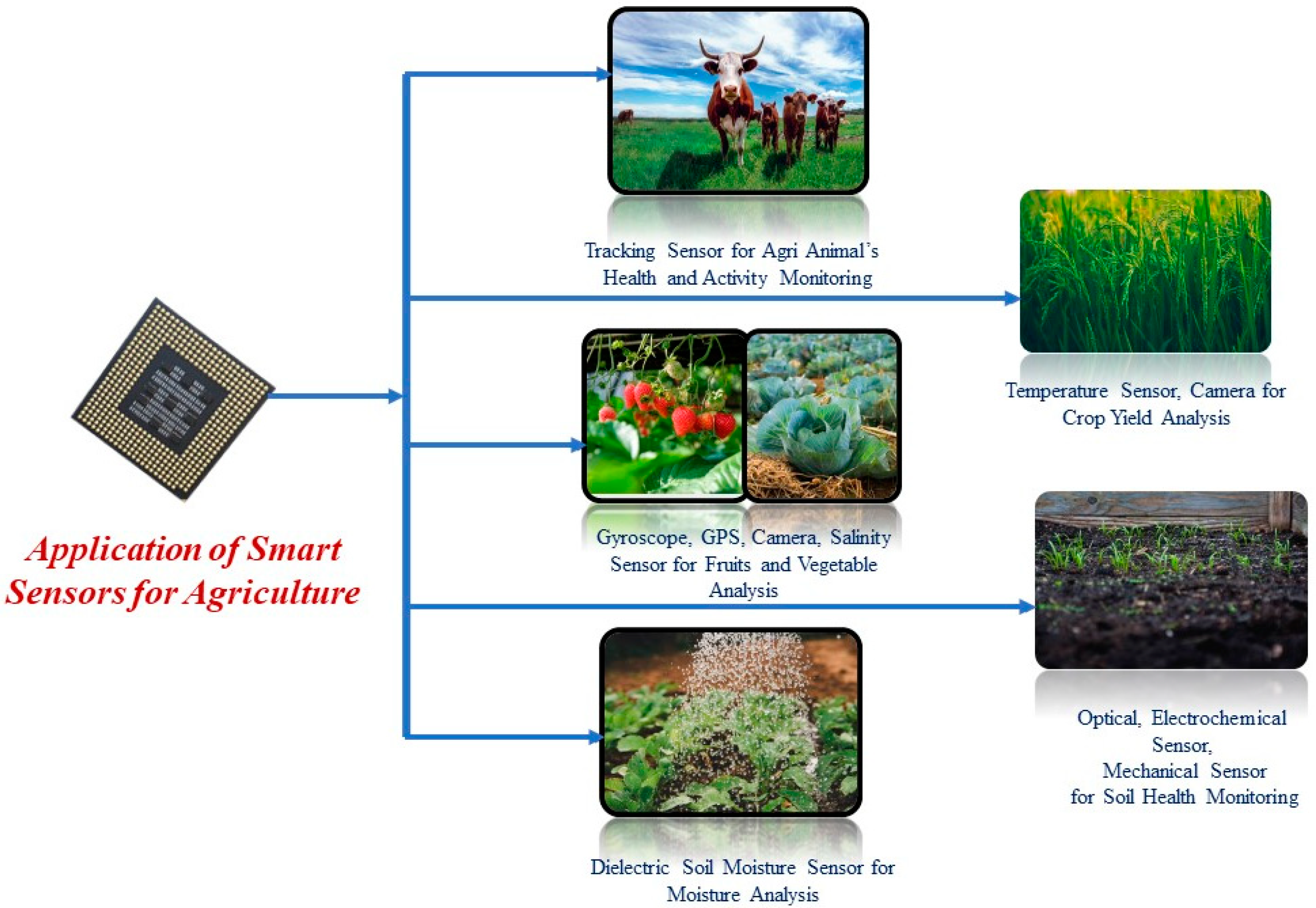Remote IoT Batch Job Example: Revolutionizing Work Since Yesterday
Have you ever wondered how remote IoT batch jobs are transforming industries today? It’s not just about working from home anymore; it’s about leveraging cutting-edge technology to perform tasks more efficiently than ever before. Imagine controlling smart devices, processing massive amounts of data, and automating repetitive processes—all from the comfort of your own space. Remote IoT batch jobs have become a game-changer, especially since yesterday. This shift isn’t just a trend—it’s a necessity.
Let’s face it, the world has changed drastically over the past few years. With the rise of remote work, IoT (Internet of Things) has stepped up to the plate, offering solutions that make remote operations seamless. Whether you're monitoring agricultural sensors or managing industrial equipment, remote IoT batch jobs provide the flexibility and scalability needed to thrive in today’s digital landscape.
But what exactly is a remote IoT batch job? And why should you care about it? Stick around, because we’re about to dive deep into this topic and uncover everything you need to know. From real-world examples to potential challenges, this article will leave you with a solid understanding of how remote IoT batch jobs are shaping the future of work.
- Older Women Hair Color Embrace Your Inner Glow With Stunning Shades
- Asian Ombre Hair The Ultimate Guide To Achieving Stunning And Trendy Looks
What Are Remote IoT Batch Jobs?
In simple terms, remote IoT batch jobs involve executing predefined tasks or operations on IoT devices without requiring physical presence. These jobs can range from collecting sensor data to performing firmware updates across multiple devices. The magic happens when these tasks are scheduled and executed in batches, saving time and resources.
For instance, imagine a farmer who wants to monitor soil moisture levels across hundreds of acres. Instead of manually checking each sensor, they can set up a remote IoT batch job to collect data at regular intervals and send alerts if certain thresholds are breached. Sounds pretty cool, right?
Why Remote IoT Batch Jobs Matter
Here’s the deal: remote IoT batch jobs aren’t just convenient; they’re essential. They allow businesses to streamline operations, reduce costs, and improve efficiency. Plus, with the increasing demand for remote work, these jobs offer flexibility that traditional methods simply can’t match.
- Chin Length Hairstyles For Older Women A Stylish Guide To Embrace Your Natural Beauty
- Short Wedge Haircuts For Over 70 Embrace Your Style With Confidence
- Improved productivity through automation
- Reduced operational costs
- Enhanced scalability for large-scale deployments
- Real-time data collection and analysis
Think about it—whether you're managing a fleet of connected vehicles or monitoring energy consumption in smart cities, remote IoT batch jobs provide the tools needed to succeed in a rapidly evolving world.
How Do Remote IoT Batch Jobs Work?
To understand how remote IoT batch jobs function, let’s break it down step by step. First, you need an IoT platform that supports batch processing. Next, you define the tasks you want to perform, such as data collection, device configuration, or software updates. Finally, you schedule these tasks to run automatically, ensuring everything runs smoothly without manual intervention.
Let’s take a closer look at the key components involved:
Key Components of Remote IoT Batch Jobs
Here are the main elements that make remote IoT batch jobs possible:
- IoT Platform: A centralized system that manages connected devices and facilitates communication between them.
- Device Management: Tools for provisioning, monitoring, and maintaining IoT devices.
- Batch Processing Engine: Software that executes predefined tasks in bulk.
- API Integration: Interfaces that enable communication between different systems and applications.
By combining these components, businesses can create robust solutions that address their unique needs. Whether you're dealing with consumer-grade devices or industrial-grade machinery, remote IoT batch jobs offer the flexibility and power required to get the job done.
Real-World Examples of Remote IoT Batch Jobs
Talking about remote IoT batch jobs is one thing, but seeing them in action is another. Let’s explore some real-world examples to illustrate their impact:
Example 1: Smart Agriculture
Imagine a farmer using remote IoT batch jobs to monitor crop health. By deploying sensors across their fields, they can collect data on temperature, humidity, and soil conditions. Using a batch job, they can analyze this data daily and receive alerts if any issues arise. This approach not only saves time but also improves crop yields by addressing problems before they escalate.
Example 2: Industrial Maintenance
In the manufacturing sector, remote IoT batch jobs are used to perform predictive maintenance. Sensors installed on machinery can detect anomalies and trigger alerts when maintenance is required. By scheduling batch jobs to analyze this data regularly, companies can prevent costly downtime and extend the lifespan of their equipment.
Example 3: Smart Cities
Smart cities rely heavily on IoT technology to manage resources efficiently. Remote IoT batch jobs can be used to monitor traffic patterns, optimize energy consumption, and improve public safety. For instance, a city could use batch jobs to analyze traffic data and adjust traffic light timings during peak hours, reducing congestion and improving overall efficiency.
Challenges and Considerations
While remote IoT batch jobs offer numerous benefits, they’re not without challenges. Here are some factors to consider:
Security Concerns
With remote operations comes the risk of cyberattacks. Ensuring the security of IoT devices and the data they transmit is crucial. Implementing strong encryption protocols and regularly updating firmware can help mitigate these risks.
Data Management
Managing large volumes of data generated by IoT devices can be overwhelming. Implementing efficient data storage and processing solutions is essential to avoid bottlenecks and ensure smooth operations.
Device Compatibility
Not all IoT devices are created equal. Ensuring compatibility between different devices and platforms can be a challenge. Standardizing protocols and using open APIs can help overcome this hurdle.
Best Practices for Implementing Remote IoT Batch Jobs
Successfully implementing remote IoT batch jobs requires careful planning and execution. Here are some best practices to keep in mind:
- Start small and scale gradually
- Choose the right IoT platform for your needs
- Regularly test and optimize your batch jobs
- Monitor performance metrics to identify areas for improvement
By following these guidelines, you can maximize the benefits of remote IoT batch jobs while minimizing potential risks.
The Future of Remote IoT Batch Jobs
As technology continues to evolve, the possibilities for remote IoT batch jobs are endless. Advances in AI, machine learning, and edge computing are paving the way for even more sophisticated solutions. Imagine a future where IoT devices can learn and adapt to changing conditions on their own, performing tasks with minimal human intervention.
With the growing demand for remote work and smart solutions, remote IoT batch jobs are poised to play a critical role in shaping the future of industries worldwide.
Expert Insights and Statistics
According to a report by MarketsandMarkets, the global IoT market is expected to reach $1.5 trillion by 2025. This growth is driven by increasing adoption of IoT technologies across various sectors, including healthcare, manufacturing, and agriculture. Remote IoT batch jobs are a key component of this growth, enabling businesses to harness the full potential of IoT.
Additionally, a survey conducted by Gartner found that 75% of organizations plan to invest in IoT solutions in the next two years. These statistics highlight the importance of understanding and implementing remote IoT batch jobs to stay competitive in today’s market.
Conclusion: Embrace the Future of Remote Work
Remote IoT batch jobs are revolutionizing the way we work, offering unparalleled flexibility and efficiency. From smart agriculture to industrial maintenance, these jobs are transforming industries and improving lives. By understanding their capabilities and challenges, you can leverage remote IoT batch jobs to achieve your business goals.
So, what are you waiting for? Dive into the world of remote IoT batch jobs and discover the possibilities for yourself. Don’t forget to share your thoughts in the comments below and explore other articles on our site for more insights into the exciting world of IoT.
Table of Contents
- What Are Remote IoT Batch Jobs?
- How Do Remote IoT Batch Jobs Work?
- Real-World Examples of Remote IoT Batch Jobs
- Challenges and Considerations
- Best Practices for Implementing Remote IoT Batch Jobs
- The Future of Remote IoT Batch Jobs
- Expert Insights and Statistics
- Conclusion
- 10 Types Of Haircuts For Female That Will Transform Your Look In 2023
- Short Hairstyles Over 60 Fine Hair Embrace Your Inner Style Icon

What Is RemoteIoT Batch Job Example Remote Remote And Why Should You Care?

Industries with the Most Remote Work Opportunities Remote

Iot And Remote Sensing In Smart Agriculture Iot World vrogue.co